In many languages, there is a male and female version of a word. Maestro is the male version of the word, while maestra is the female version.
Most women, however, prefer the term maestro simply because it is thought to carry more weight than the lesser-used maestra.
In many circles, maestra also seems to be used mostly for the opera genre.
There are female masters or maestros in almost every art form. These women have achieved the highest possible status in terms of the creation of their art.
Some have worked most of their lives to reach this level of status, while others are quite gifted and have reached the level of master at a very early age.
Table of Contents
What is a maestro?
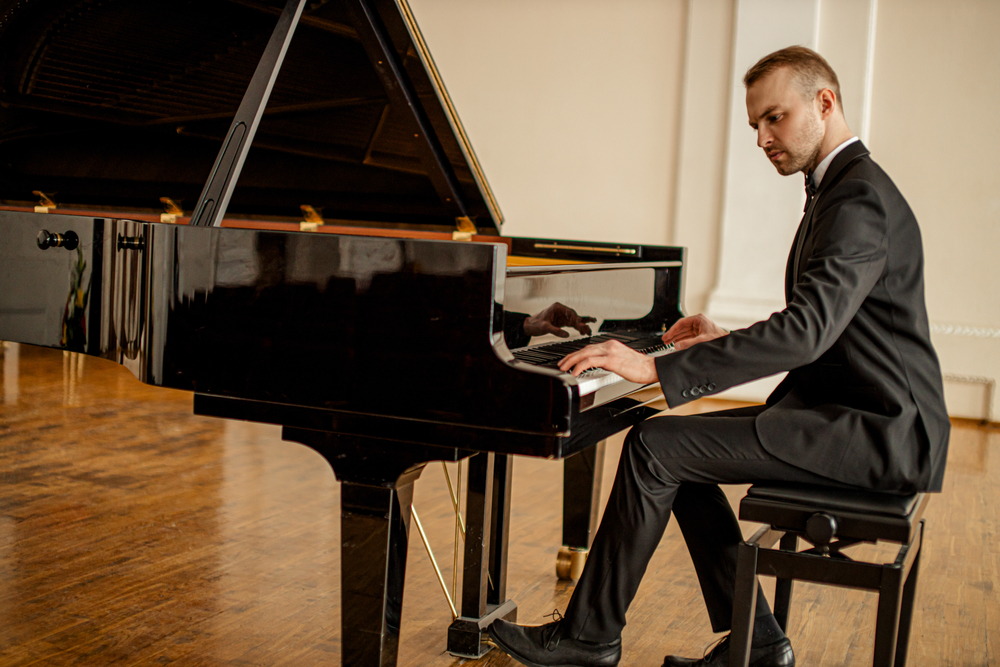
A maestro is a musician, composer, or conductor who has reached a level of distinction that sets them apart from the rest.
In most cases, the maestro is affiliated with either classical or opera music.
When people think of maestros, they often go straight to the great composers like Bach, Beethoven, or Mozart.
The term maestro is not restricted to music. It can be used to honor anyone with being named as a distinguished master of their craft.
This includes art design, art, sculpture, dance, or any other type of creative gift. Once the distinction has been given, it is a lifelong title.
What does a maestro do?
A maestro is an artist. She has honed her skills and is exceptionally creative. Women who have reached this level of high art are considered to be masters of their craft.
Women can begin to showcase their talents at any age.
Some start learning their craft when they are quite young and continue to develop their skills throughout adulthood.
A maestro is a master at what they do. Some have studied at schools like Julliard. Others have a natural talent they can draw from.
Whether the talent is taught or inherited, the master must continue to practice their skills so that they can further their art form.
What types of music use a maestro?
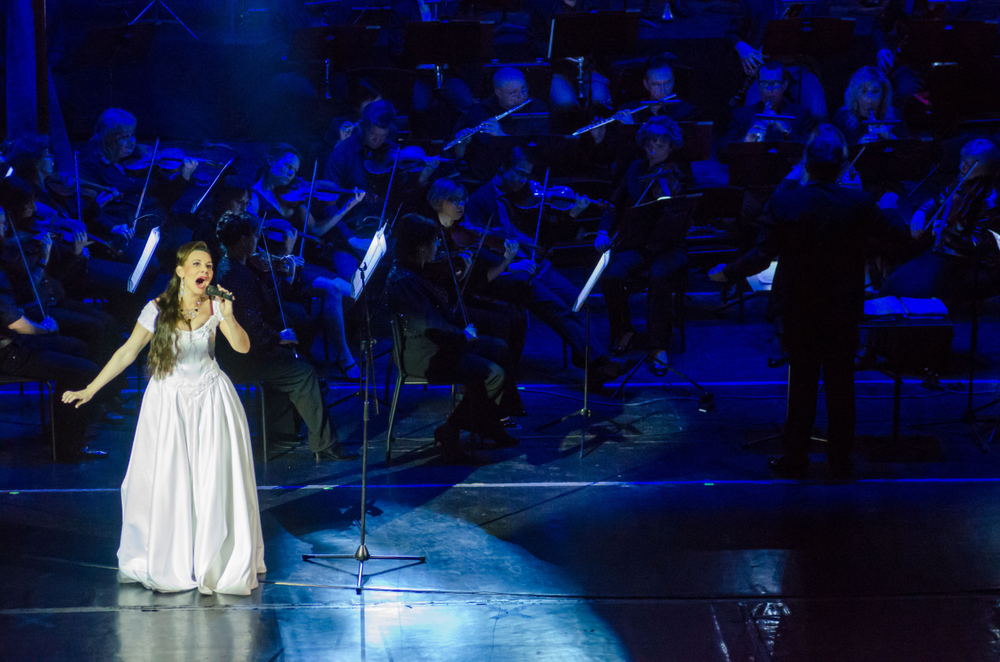
A maestro can be found in any type of music form. From Lita Ford in rock and roll to Maria Callas in opera.
A maestro is a master of whatever genre of music they are most talented in.
While the terms maestro and maestra are most commonly associated with opera and classical music, they are terms of distinction no matter what genre of art or music you are referring to.
The term “maestro” originated in the early 1700s and started with music. Over the years, however, it became associated with anyone who was a master at their craft.
This includes any type of art form ranging from painting, sculpting, photography, or sketching.
Where does the word “maestro” come from?
The word “maestro” can be found in both the Italian and Spanish languages. Both languages use the word to describe a master or teacher.
It is important to remember that a teacher may not have the skills to be a master, but a master has the skills to be both. In many cases, maestros will turn to teaching as they get older.
A maestro has proven themself through the art they have produced and the skills they exhibit in every task they perform.
A teacher, on the other hand, learns the mechanics of the skills but may not have the natural talent to use them to create true works of art.
Are there different types of maestros?
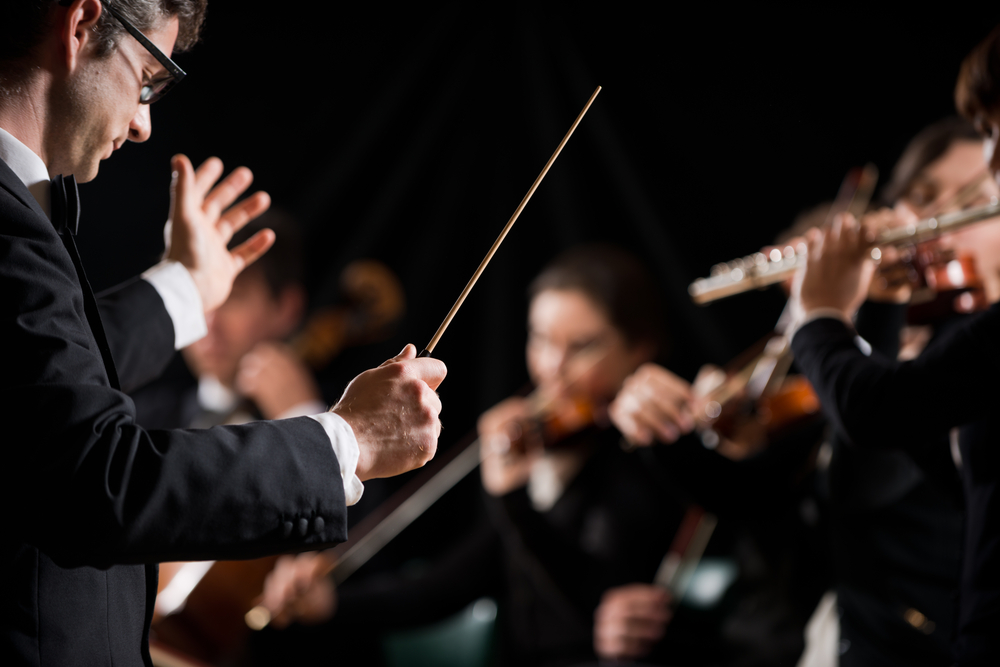
There are maestros for almost every type of artistic endeavor.
Singers, composers, musicians, and conductors are most commonly referred to as maestros or maestras.
Artists who create with their hands are normally referred to as master craftsmen.
This includes woodworkers, carvers, painters, sculptors, or any type of artisan that produces works of art with their hands.
According to the terminology of the word, however, “maestro” can be used as a title of distinction for any person who is a master of their chosen art.
The term maestro is recognized as the highest possible title to be given to an artist no matter what art form or platform they use.
Are there different levels of maestros?
Once an artist has achieved the level of maestro, they are at their highest level of achievement. Several maestros may even work together.
An example is a maestro collaboratore who works with the maestro as an assistant.
Although both are masters at their craft, each one has assumed a role that allows them both to further their art.
As artists begin to be noticed for their skills, they can be recognized on many levels.
It isn’t until they reach the level of master that they can truly be called a maestro and have earned the distinction.
Once they reach the level of maestro, they have reached that status for life.
What type of education do you need to be a maestro?
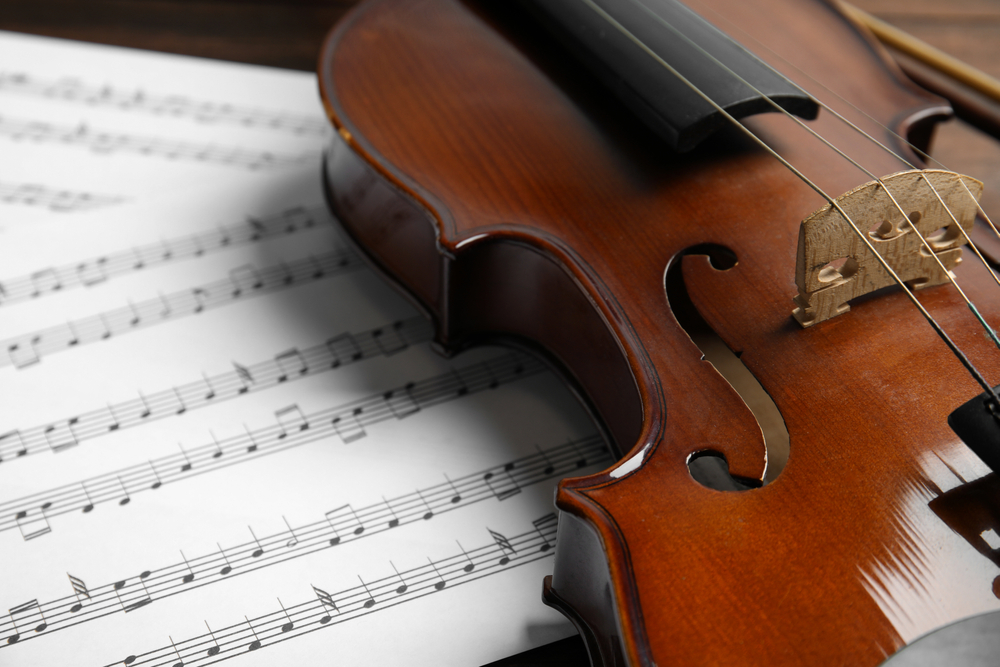
There is no formal education needed to be a maestro.
It is true that there are artists, both male and female, who have earned a master’s degree in their art from schools like Julliard, but that does not mean they will ever truly “master” their art.
Becoming a true maestro involves using the skills they have to create beautiful pieces of art or music.
Many artists with a natural talent for their art have never set foot in a classroom.
They have honed their skills by practicing their art and transforming their creative ideas into beautiful works of art.
Earning the title of maestro may take many, many years.
Who employs a maestro?
Maestros are artists in their own right. They may choose to accept a commission to produce a piece of art or music, but in most cases, they are not employed in a conventional manner.
Some artists may be hired to produce specific types of art on a regular basis, much like a musician who works under contract.
There are many artists who work for themselves.
Maestros who are conductors or prompters in the field of classical music or opera often find employment in some of the largest opera houses in the world.
They can also find work in the industry as the conductor of a symphony or large orchestra.
Do maestros play an instrument?
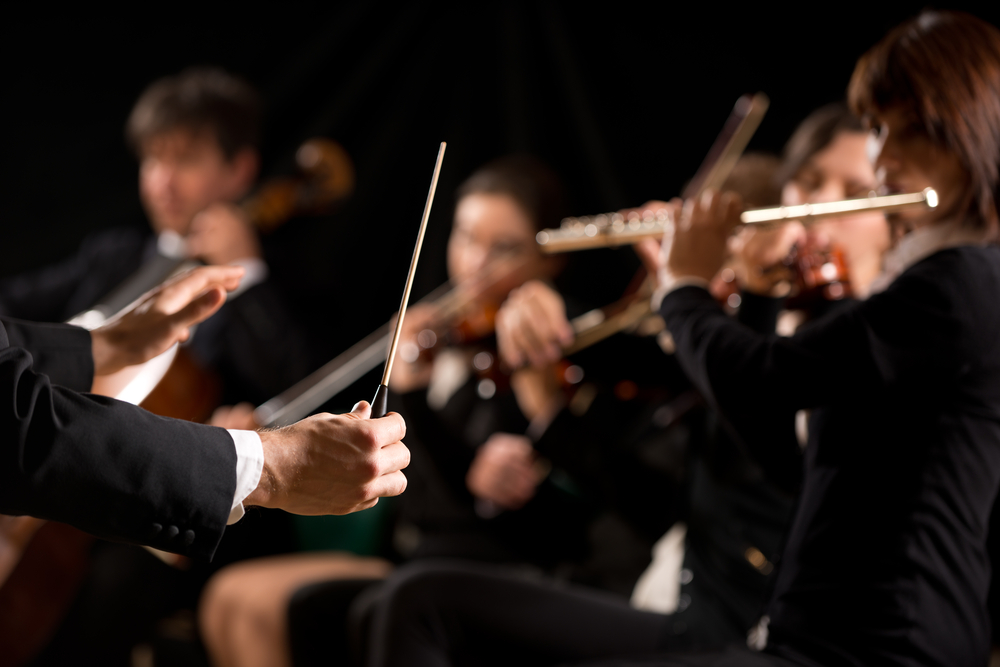
If the maestro is a musician, they will play an instrument. If a maestro leads an orchestra, they will use a baton.
Maestros who sing use their voice as an instrument. The type of instrument used will depend on what form of art the person is a maestro in.
Maestros are found in all areas of art. This opens the door to an instrument taking many forms. Painters use a paintbrush. Sculptors use a chisel and their hands.
There are different instruments found in almost every art form. Maestros choose their instrument based on their talent and the level of their skills.
Is there more than one maestro during a concert?
During a concert, there may be more than one maestro in attendance. If the performance is divided up into segments, there may be a maestro for each one.
Maestros may also have an assistant conductor to help them manage the flow of the music. They can work behind the scenes to prepare the music for the next segment.
Maestros may be on hand as a backup if the lead maestro becomes ill or needs a break during the performance.
As a backup, the maestro will have to be just as prepared as the lead maestro. Most will work as an assistant in some way to maintain their spot as the backup maestro.
Do maestros teach students?
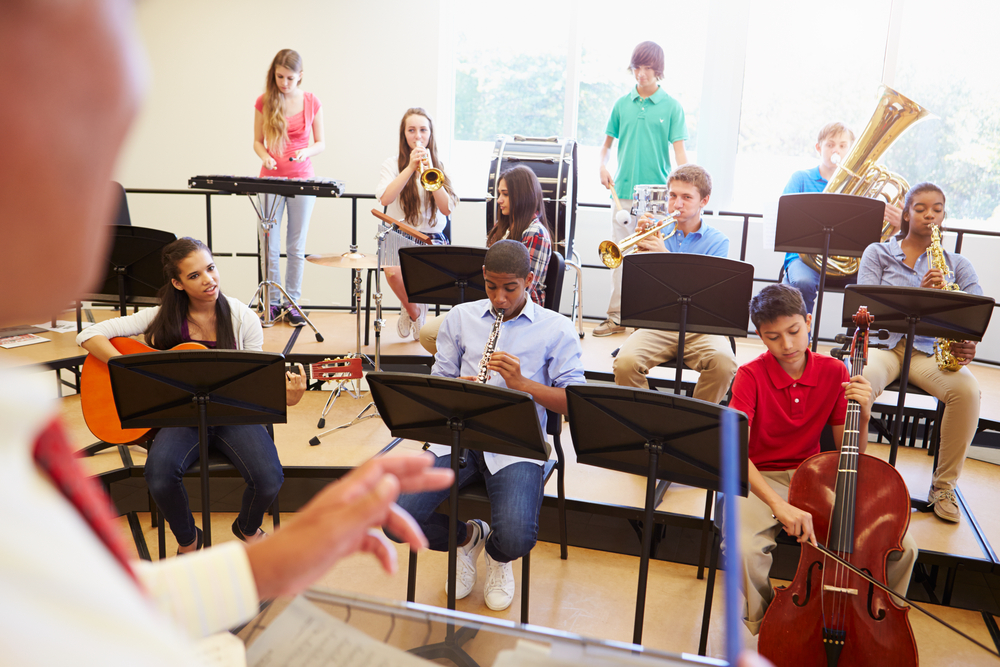
As masters of their craft, maestros have the skills to teach. Many maestros choose to teach only a select few students.
They do this primarily because their goal is to find an exceptional student and bring them to the highest level of talent possible.
This allows the maestro to devote all of their time to one student, giving them the attention they need to achieve the highest possible skill level.
Maestros will often choose to teach as they begin to age. They are practicing their craft less and most want to share their talents with others.




